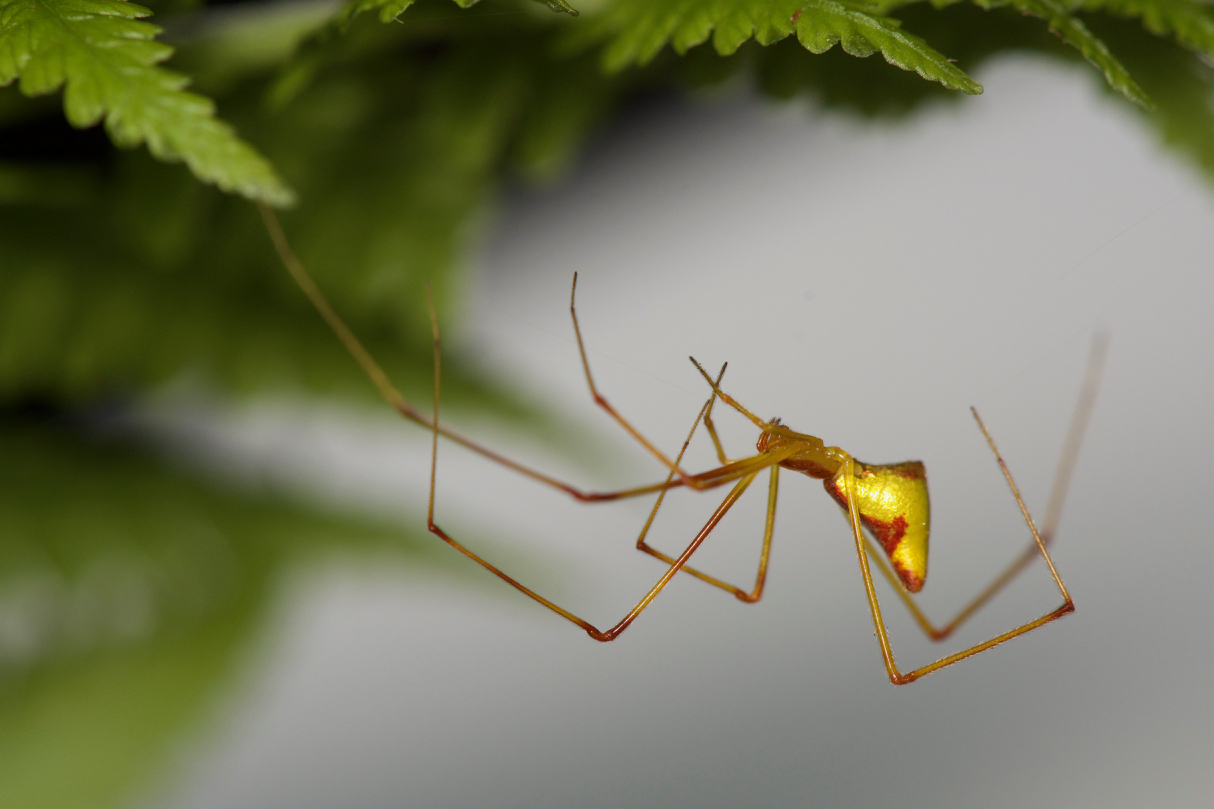
This Hawaiian spider has split 14 times across the islands
Due to its isolated nature, Hawaii is a hotspot for species diversification. Researchers are reporting that one particular evolutionary phenomenon, known as adaptive radiation, has led to the emergence of 14 species of the Hawaiian Ariamnes stick spider across the islands.
The stick spiders generally have the same body type, but each is a separate species with distinct physical traits. The new study has revealed that a rare evolutionary process known as adaptive radiation produced a predictable yet independent set of traits in the spiders on each island.
Study lead author Rosemary Gillespie is a professor of Systematic Entomology at the University of California, Berkeley.
“This very predictable repeated evolution of the same forms is fascinating because it sheds light on how evolution actually happens,” said Gillespie. “Such outstanding predictability is rare and is only found in a few other organisms that similarly move around the vegetation.”
The Hawaiian islands formed over the last five million years, beginning with Kauai and ending with the big island of Hawaii. The chronological age of the islands provided the researchers with the ability to examine how the adaptive radiations of the spiders progressed over time.
“This study provides insights into a fundamental question about the origins of biodiversity, but also presents a remarkable story that can call attention to the need for conserving nature in all of its forms,” said study co-author George Roderick.
The experts found that stick spiders have evolved and differentiated from a single species on the same island. This means that spider types on the same island are more closely related to each other than spider types on other islands that they may resemble more physically. For example, a white spider on Oahu is a closer relative to a local brown spider than it is to a white spider on Maui.
“You can find these spiders in pretty much every habitat on each island,” said Gillespie. “This really detailed and finely tuned repetition of evolution of the same form is really quite uncommon.”
The Hawaiian Islands host an exceptionally broad range of habitats that include cold and wet areas that are in close proximity with hot and dry areas, and this dynamic optimizes species diversity. Gillespie explained that the down side of such extraordinary diversity in an isolated region is its vulnerability to change and to invasive species.
“We need to be able to figure out this diversity and document it and describe what’s so special about it, so that people know about it,” said Gillespie. “It’s being lost and it’s a desperate situation.”
The study will be published on March 19 in the journal Current Biology.
—
By Chrissy Sexton, Earth.com Staff Writer
Image Credit: George Roderick












